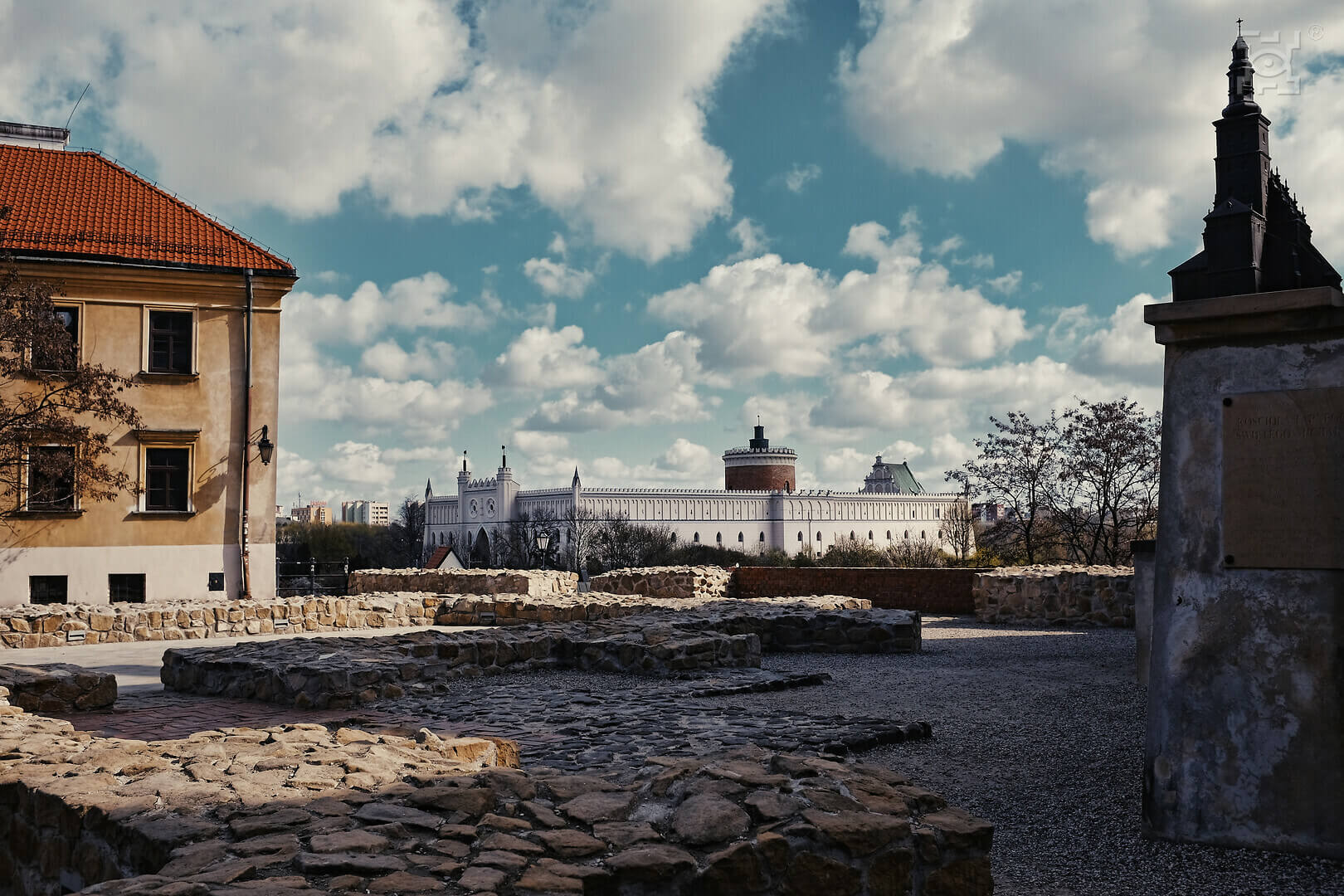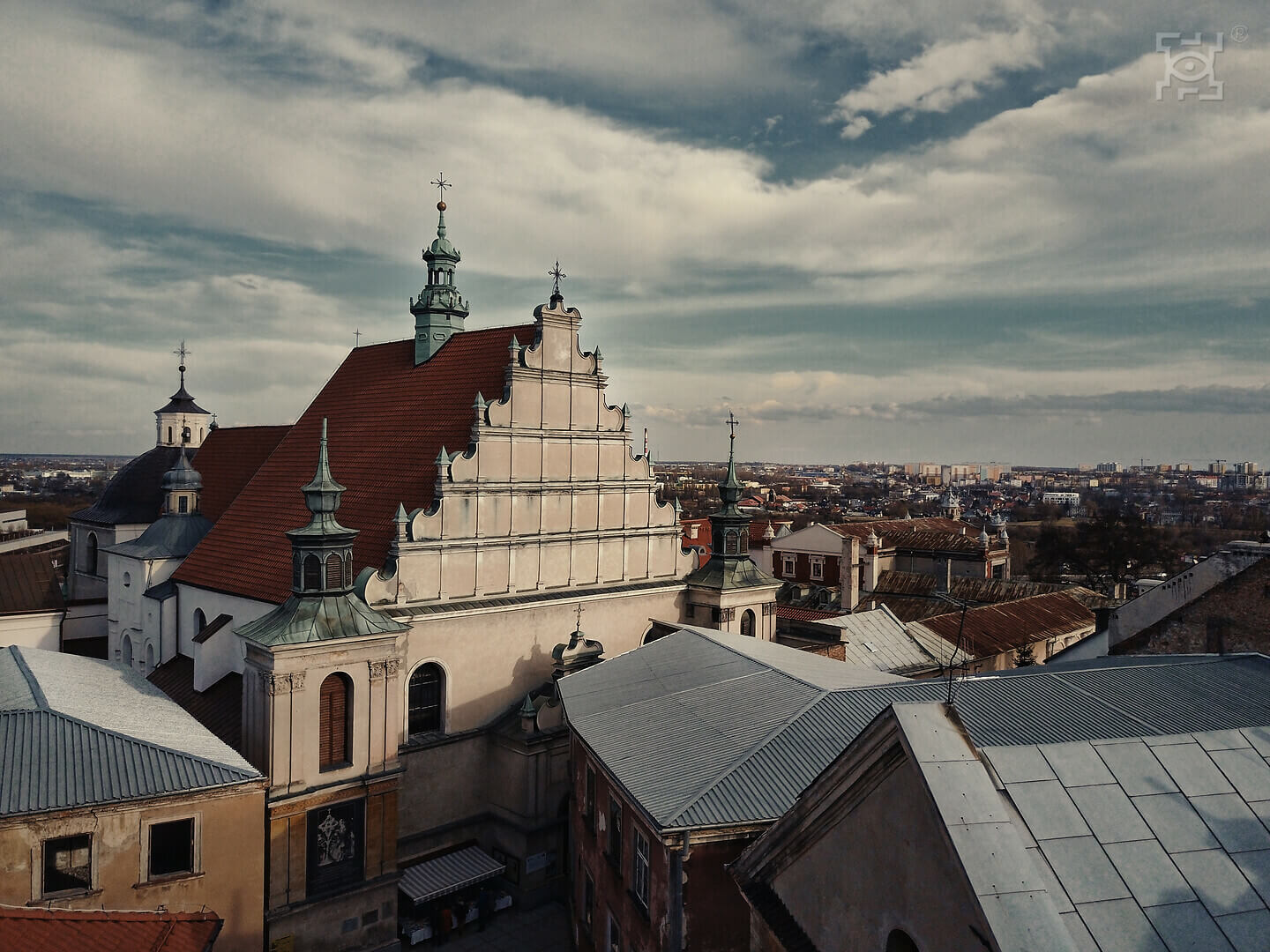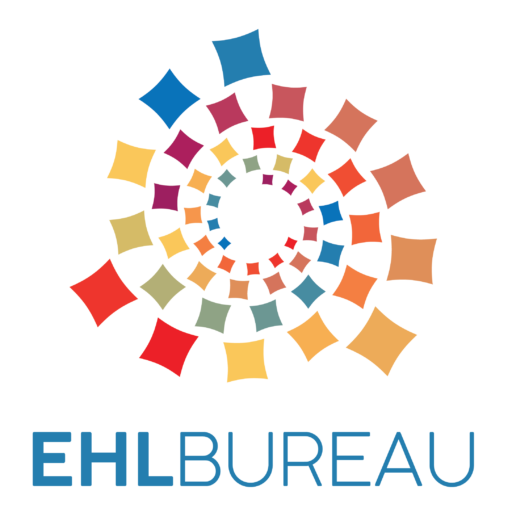This website uses cookies so that we can provide you with the best user experience possible. Cookie information is stored in your browser and performs functions such as recognising you when you return to our website and helping our team to understand which sections of the website you find most interesting and useful.
Union of Lublin


The EHL Site
The City of Lublin received the European Heritage Label for the first time in 2007 as a symbol of European integration ideas, the transnational heritage of democracy and tolerance and the dialogue of cultures between East and West. Back then the EHL was an intergovernmental initiative.
The City of Lublin was awarded the EHL (as an EU initiative) in 2015 as the place of the signing of the Union of Lublin, a unique symbol of peaceful and democratic integration of two religiously and ethnically different countries. These ideas have their material representation in the form of historical sites preserved in the cityscape of Lublin that witnessed the creation of the Union and now commemorate it: the Holy Trinity Chapel at the Lublin Castle, the Union of Lublin monument, the Saint Stanislaus Bishop and Martyr Church with the Dominican Monastery.
The Union of Lublin gave rise to the federal state, which became the symbol of unity beyond political borders. The establishment of the Union determined for the next centuries the cultural and political development in the central and eastern part of Europe. In the multi-ethnic and multi-religious, democratic state the separate national identities of Poles, Lithuanians, Ukrainians and Belarusians were born and consolidated, the result of which was the rebirth of these nations in the 20th century. The Commonwealth became an important cultural bond between the Western and the Eastern Europe.
The Union was a sign of civic maturity, tolerance and high standards of parliamentary democracy in Polish and Lithuanian societies and was the common experience of building civic unity. These values guided the City of Lublin to obtain the European Heritage Label.
European dimension
The Union of Lublin of 1569 between the Kingdom of Poland and the Grand Duchy of Lithuania (ranging from the Baltc Sea to the Black Sea) was an exceptional case of constitutonal integration between two coutries that gave rise to a federal state with a single elected monarch, common parliament, currency, defence and foreign policy. Both nations preserved their own territory, separate law, treasury, offices, military and judiciary but gained right to settle and purchase goods freely in two states. The official languages were kept separate.
The Union aided development of mutual tolerance and facilitated respect for Polish and Lithuanian identity as well as for other nationalities living in the Commonwealth at that time. The Union of Lublin is an example of the integration of nations, cultures and customs, but preserving the most crucial differences, adhering to respect and equality before the law principle.
Separate languages, freedom of movement, minority rights protection and other principles adopted in the Union of Lublin are very similar to EU legal and formal principles. Commonwealth of Both Nations created as a result of the Union, became a state of multinational and multireligious social structure that was unique in terms of rights of an individual in Europe of those times. This event became a symbol of unification above political borders in the historiography of the major part of Central and Eastern Europe.
Great Pole, John Paul II during his visit in Lublin said such sentence: From the Union of Lublin to the European Union. So we like to say that the Union of Lublin was prefiguration of the European Union.
The organization
The Municipality of Lublin is a local government institution, which together with the Dominican Monastery and the National Museum in Lublin, jointly applied for the EHL. A few years later, the private organisation of the Union of “West-East” Trails, the “Via Jagiellonica” Foundation, joined this group
The municipality performs a series of related activities such as:
- Raising awareness of the European significance of your site through information activities
- Organising educational activities, particularly for children and young people, to increase the understanding of the common history and heritage of Europe
- Promoting Multilingualism
- Exchange of experiences in projects within networks of sites awarded the European Heritage Label
- Organization of artistic and cultural activities relating to European practitioners or linking heritage and contemporary creation
